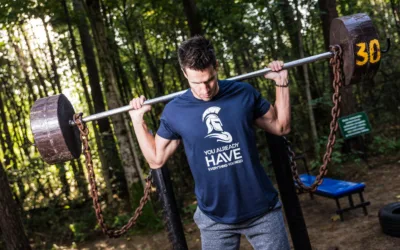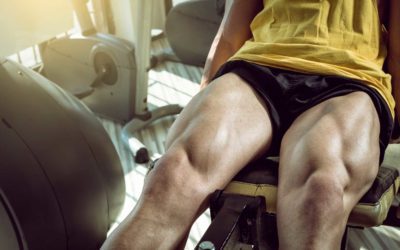Romanian Deadlifts (RDLs): The Ultimate Hamstring Exercise for Posterior Chain Development
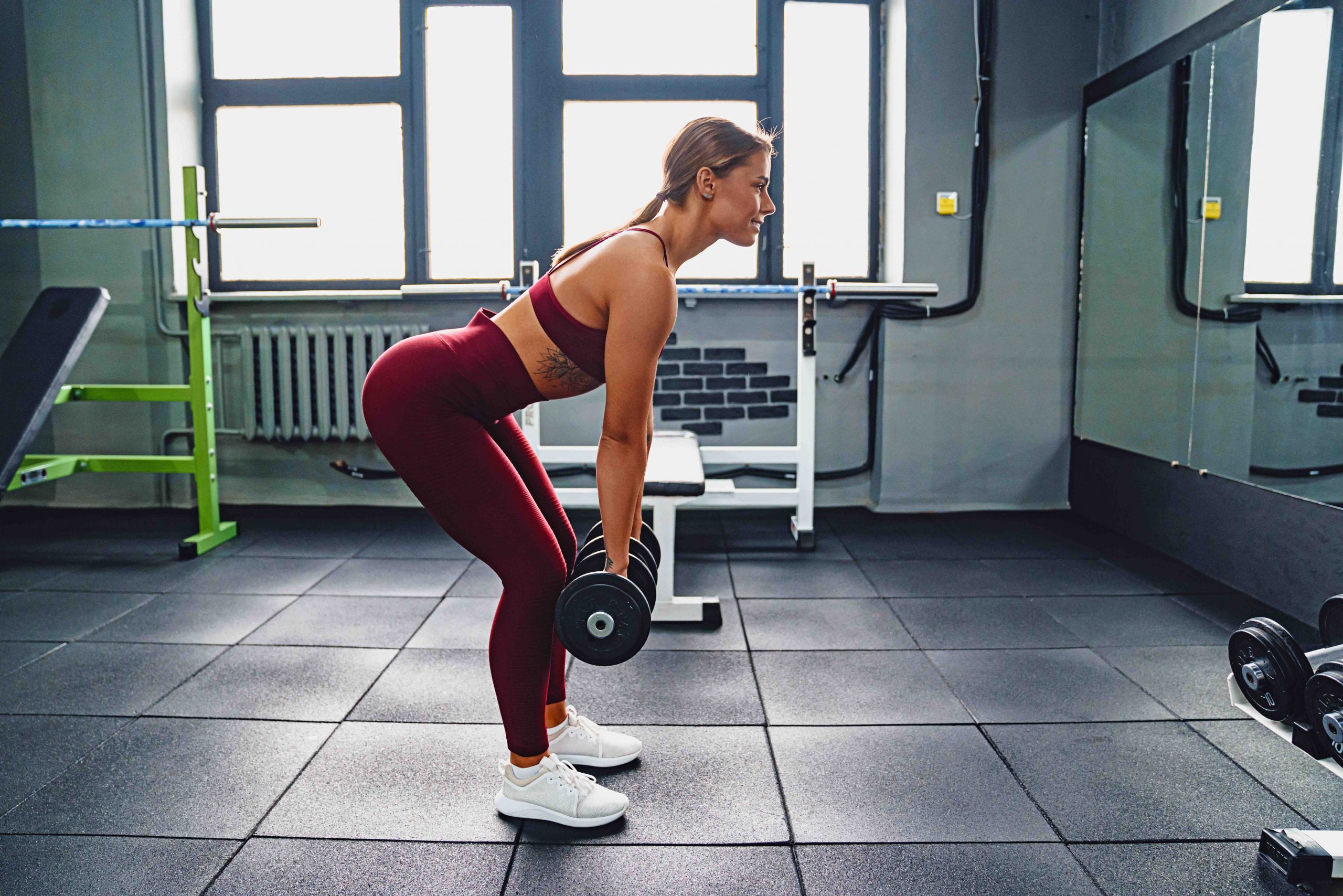
In this blog, he gives his top advice on how to master the Romanian deadlift to fix your imbalances, reduce risk of injury, and strengthen your other lifts.
Kyle McGough


Hone in on Your Hamstring Workouts
Whether you’re just getting started in the weight room or if you’ve been involved in the strength training world for a while, you’ve probably heard this buzz word thrown around by strength coaches talking about athletes being “knee-dominant.” Knee dominant? What does that even mean?
Basically, being knee-dominant means that your quads are much stronger than your hamstrings. A mentor of mine, Louie Simmons, always chuckled and said, “You mean hamstring weak?”
Now isn’t that the truth? Maybe strength coaches are training the posterior chain wrong, or perhaps they are just not prioritizing the right volume in the right areas of program design. A big point of emphasis in the Westside Conjugate Method is weak point training. Because, like Louie said, “Weak things break!”
If you’re just working on your general physical preparedness (GPP), then consider training the weak links in your kinetic chain. Training economy is critical, and if you are going to spend the time and energy to do certain exercises, then they better be paying dividends in your development and giving you a solid return on investment.
Romanian Deadlift Muscles Worked & Benefits
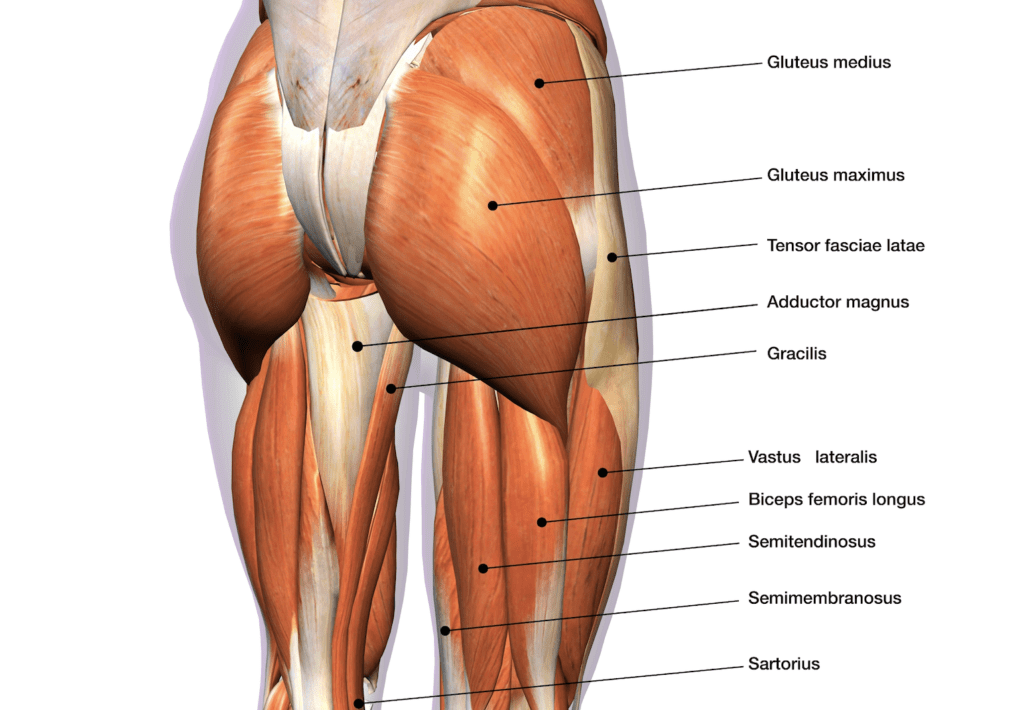

The RDL is a great way to incorporate a stretch reflex into the deadlift. There is no dead stop or bounce on the floor or contact between reps.
RDLs increase lumbar strength and the development of your posterior chain muscles in one swift move.
It’s also one of the best ways to strengthen your hips. Many people (especially those that are new to the weight room) have weak hips and poor technique because their posterior chain and lumbar strength is lacking. Weak hamstrings can lead to other postural problems in your spine and pulling movements.
The RDL is also a great tool to build grip strength and can be done with a fat bar or fat gripz. You can also perform RDL variations with a barbell, dumbbell, or kettlebell.
Romanian Deadlift vs. Conventional Deadlift
The RDL triggers a stretch reflex that occurs between the concentric (muscles shortening) and eccentric (muscles lengthening) contraction. The movement begins with an eccentric contraction – the muscle lengthens under tension, then a bounce occurs toward the end of a range of motion against tight muscles.
This works the signaling of the central nervous system and the elastic properties of the muscle (like rubber bands).
The traditional deadlift or sumo deadlift lack the eccentric emphasis of the movement. Unlike the Romanian deadlift, conventional deadlifts are primarily concentric movements that start from a dead stop with the weight on the floor (hence “deadlift”).
Because it doesn’t start concentrically, it’s not a variation of the deadlift. The RDL is its own movement.
You Work too Hard to Not See Progress
Find Your Perfect Training Plan
Options for Every Goal
Training plans from real coaches covering any goal, fitness level, and number of sessions per week.
The Best Coaches
Get coached by the best. Olympians, ex-NFL stars, Titan Games Winners, Sport Scientists and more.
Starting at $1/ day
With many options including a free 7 day trial, you can try out programming before you commit.
Perfecting Your Romanian Deadlift Form & Technique
The RDL is typically performed backed out of a rack with smaller steps, but you could also use proper deadlift technique by simply lifting the barbell from the floor.
Grasp the barbell about shoulder-width apart with your palms facing down and pick it up to your hips. Start the movement by “setting your core.” Pull your shoulders back, take a big inhale to brace your core and lats, and soften your knees. Keep your knees unlocked or slightly bent throughout the movement.
Push your hips back and lengthen your posterior chain (you should feel a stretch in your hamstrings) to initiate the eccentric range of motion. Keep your hips high and above the knees with a vertical shin angle.
Ride the bar down your thighs (keeping it tight to your leg) by pushing the hips and hands back.
Keep your eyes out and slightly down to maintain a neutral spine.
When the bar reaches about mid-shin (if you’re flexible, you can go lower) your stretch reflex will reverse the movement of the weight and initiate the concentric portion of the movement (standing back up and bringing the bar to your hips). Cut the range of motion before your low back loses extension or starts to round.
If Grip is a Limiting Factor:
Let’s be honest: we could all use a little more grip strength. If your grip is limiting the amount of weight you’re trying to pull, consider using a grip variation.
- Double Overhand Grip
This is your standard grip. Simply lift the barbell with both hands shoulder-width apart, palms facing down. This is a great way to improve forearm strength, but it can limit how much weight you are able to lift.
- Use Chalk
Gym chalk gives you a more secure grip while protecting your hands against skin tears. A thin dusting of chalk will keep your hands dry and prevent the bar from slipping.
- Double Overhand Hook Grip
This grip starts off like the double overhand position with hands shoulder-width apart and palms facing down. Instead of simply lifting up from here, you’ll wrap your thumb underneath the bar like a hook and place your other four fingers on top of your thumb. This creates a natural lifting strap that allows you to lift more weight.
- Double Overhand With Straps
Straps wrap around your wrists and essentially hold the weight for you. Straps will allow you to pull more weight, but won’t help improve your grip strength.
Coach’s Tip: I would not recommend using a flip or mixed grip due to the potential risk of injury from this movement – especially from chronic use.
Cues for the RDL
Using mental cues can ensure you’re activating proper technique throughout a movement.
For the Romanian Deadlift, I recommend using:
- Set your core: “gut tight, butt tight”
- Chest up, shoulders back
- Neutral spine
- Shave your legs with the bar
- Dig your feet into the ground and squeeze your hips into the bar to stand tall
- Stack your ankle, hip, and knee in the top of the movement
Level Up Your Training
With TrainHeroic’s immersive training app
TrainHeroic does everything you wish your old gym notebook could do.
Take the guesswork out of training with built-in exercise instruction and basic training programs. Compete against yourself and others. Track your performance and readiness. Smash your goals.
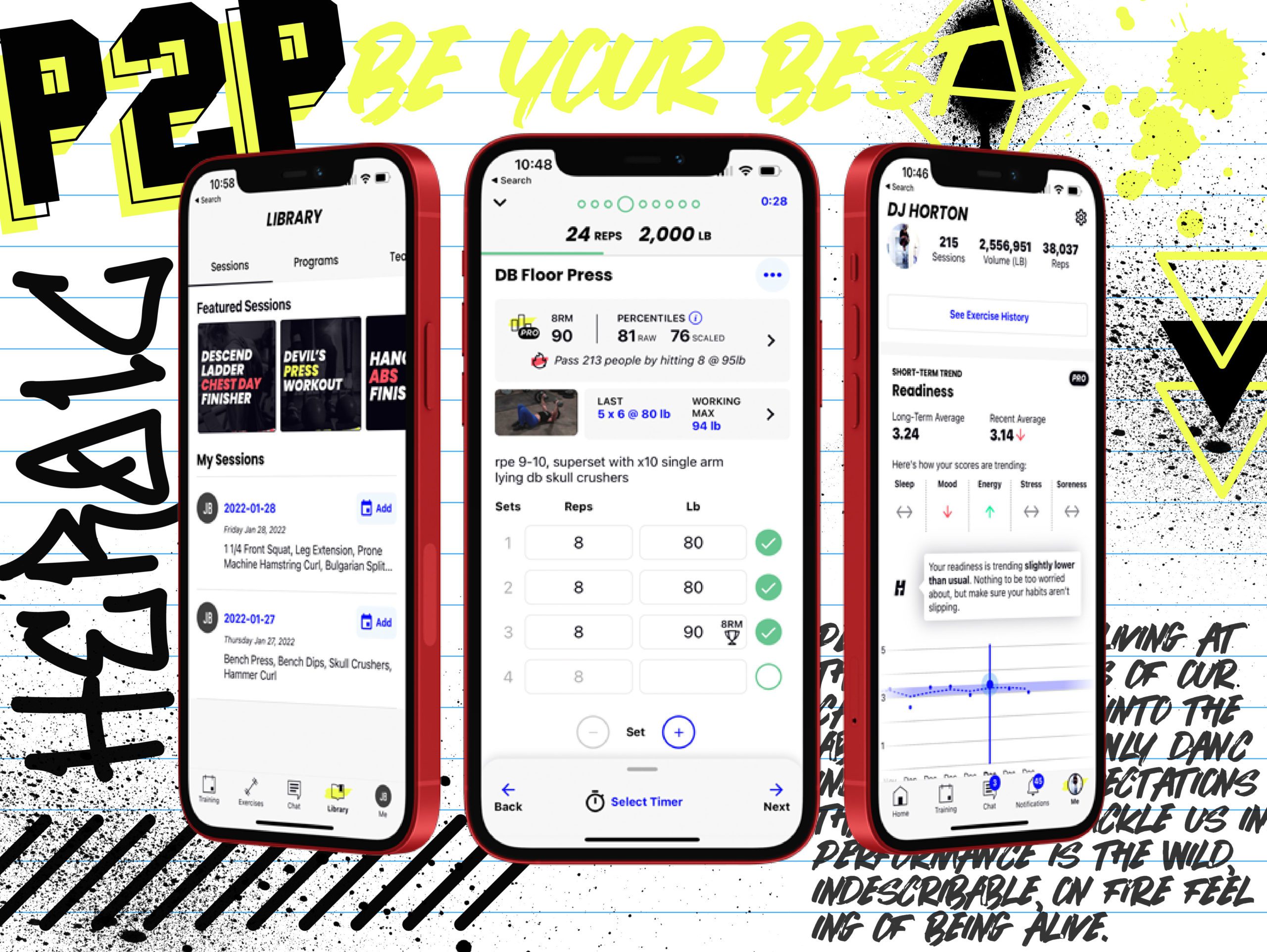

RDL Exercise Progression and Variations
RDLS for Beginners
Use a PVC pipe for balance when first learning how to properly do the movement. Start by setting the pipe vertically in front of you and hinging your butt back to touch the wall.
You can progress this by placing one foot on the wall behind you and performing a wall-assisted single-leg RDL with the PVC pipe.
When You Feel Confident with RDLs
Once you get the hang of the RDL technique and motion, you can progress by varying your stance and grip into close/medium/wide. You can also vary the point at which you stop the movement: thigh, top of knee, below the knee, mid-shin, ankles.
Here are some more intermediate RDL progressions:
For More Glute Activation
Want a little more emphasis on the glutes? Add a horizontal band around your knees to add tension and increase resistance in hip extension. This creates both vertical resistance of the barbell and horizontal resistance of the band.
Squeeze your glutes as hard as possible starting at the top of the movement and focus on the horizontal hip movement of pushing back while squeezing tall.
For More Hamstring Activation
If you find yourself a little more “knee-dominant,” you might want to put more emphasis on your hammies. Try using dumbbells instead of a barbell and use a neutral hand position. Think trap-bar deadlift.
Wrap a loop band behind the knees or mid-calf to increase tension. A very vertical shin angle that is slightly obtuse at the ankle will also increase hamstring activation.
You can also target your hamstrings by elevating your toes. Stand on a wedge or the edge of a plate to increase dorsi-flexion (raising foot upward toward the shin).
Want Training Tips, Exercise Guides & Knowledge Bombs Sent to Your Inbox?
Sign up for the FitNerd newsletter from TrainHeroic
Related articles
Slow Reps vs. Fast Reps
You’ve probably noticed that some people in the gym tend to perform their reps as fast as possible, whereas others take a slow and controlled approach. But which is better? Dr. Andy Galpin is a Professor of Kinesiology at the Center for Sport Performance at California...
How to Do Leg Extensions Without a Machine
Short shorts are the new stinger tanks. Rocking those big tree trunks with canyon deep cuts is so hot. Leg extensions are a bodybuilding staple—they isolate your quads, the front-facing muscle group of your thighs, by flexing (bending) and extending (straightening)...
Tried-and-True Methods to Fix Plantar Fasciitis
What is Plantar Fasciitis? If you’re new to running or returning to it after a break, you might have been blighted by plantar fasciitis, a fancy name for an annoyingly common foot problem. It’s when the band of tissue that connects your heel to your toes (the plantar...


Join the community
Sign up for the latest training news and updates from TrainHeroic


About TrainHeroic
Support
Made with love, sweat, protein isolate and hard work in Denver, CO
© 2021 TrainHeroic, Inc. All rights reserved.

